Home Inspections Beyond the Basics: Looking for Environmental Hazards
6 January 2025
When you think about a home inspection, what comes to mind? Probably someone checking for leaky pipes, creaky floors, or electrical issues, right? While those are crucial, there’s another layer to home inspections that many people overlook—environmental hazards. Yep, we're talking about things lurking in the air, water, and even the soil around your property that can impact your health and safety.
Environmental hazards might not be as obvious as a leaky faucet, but trust me, ignoring them could lead to some serious headaches down the line—both literally and figuratively. So, let’s dive in and explore why spotting these hazards is a vital, often underestimated, part of the home inspection process. 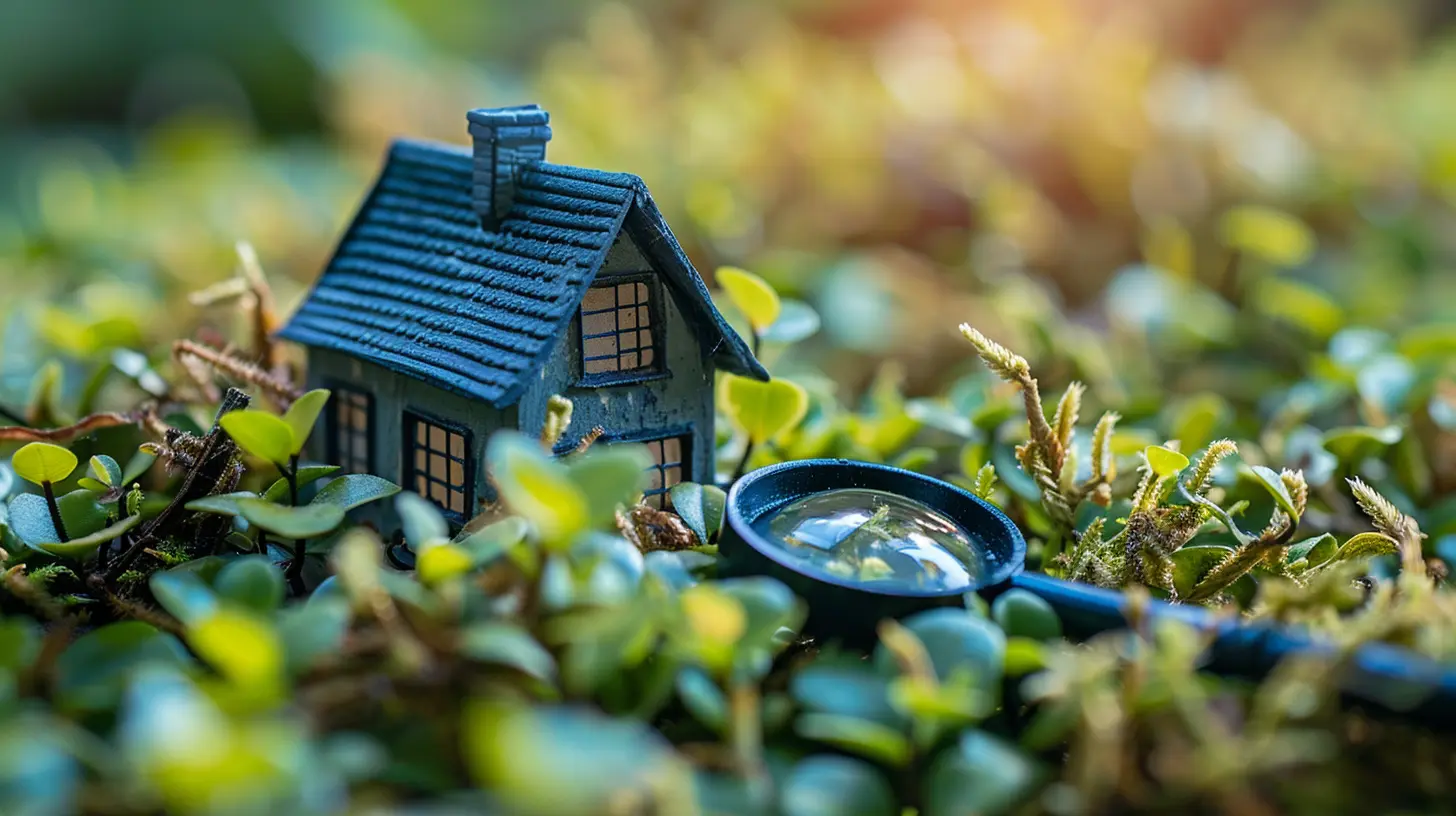
What Exactly Are Environmental Hazards?
Think of environmental hazards as the hidden danger zones in and around your home. They’re not the kind of issues you can fix with a wrench or a coat of paint. Instead, these are elements in your environment—like radon, mold, or lead—that can pose health risks to you and your family. Now, just because they sound all science-y doesn’t mean they’re uncommon. In fact, many homes have at least one lurking hazard.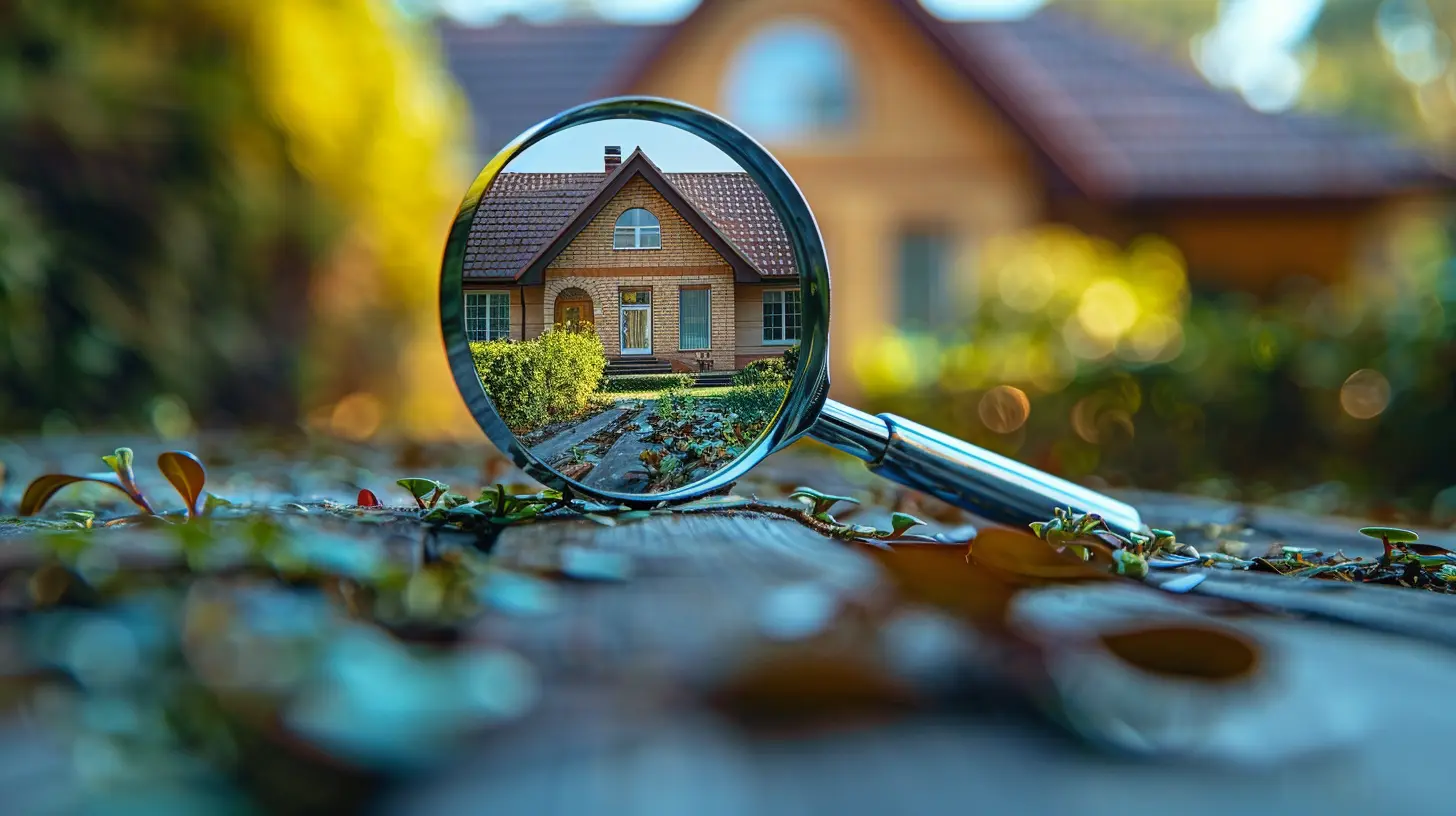
Why Should You Care About Environmental Hazards?
I get it, your to-do list is already long enough when you’re buying a house: budgeting, mortgage hunting, packing all your stuff... the whole ordeal. So, why add environmental hazards into the mix?Well, think of it this way—your home is supposed to be your safe haven, not a place where invisible threats disrupt your peace of mind. If you skip over environmental inspections, you’re gambling with potential health risks and future renovation costs.
Take mold, for instance—it might start small, but if left unchecked, it can spread faster than you’d expect, leading to respiratory issues and costly repairs. Or how about lead paint? It was banned decades ago, but older homes might still have traces. And if you’ve got kids, the stakes are even higher. 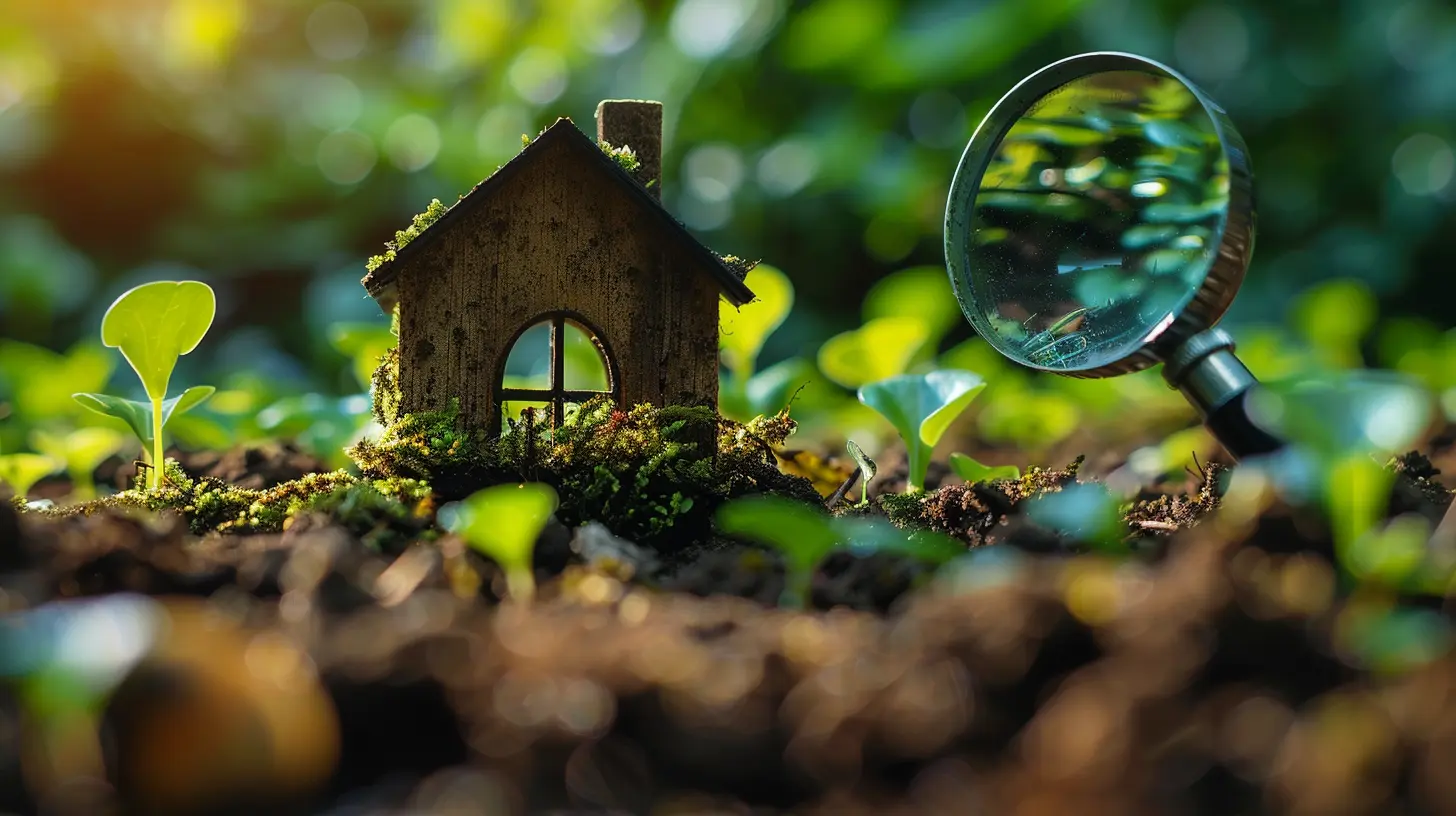
The Big Players in Environmental Hazards
Let’s break it down into the usual suspects when it comes to environmental hazards. These are the guys you’ll most likely encounter during an inspection.1. Radon Gas: The Silent Intruder
Radon? Sounds like something out of a sci-fi movie, right? It’s actually a naturally occurring gas that comes from the breakdown of uranium in soil and rock. The kicker? You can’t see, smell, or taste it. It just sneaks right into your home, often through cracks in the foundation.Exposure to radon is the second leading cause of lung cancer after smoking. Yikes! Luckily, it’s pretty easy to test for, and mitigation systems can be installed to reduce levels if needed.
2. Mold: The Unwelcome Roommate
You know what’s grosser than soggy bread? Mold growing in your house. Mold isn’t just nasty to look at—it can release spores into the air, triggering allergies and respiratory problems.Mold loves moisture, so it tends to show up in damp areas like basements, bathrooms, or even behind walls. A home inspection should include a thorough check for moisture problems, especially if the house has a history of leaks or flooding.
3. Lead: Leftovers From the Past
If you’re looking at a home built before 1978, lead paint could still be hanging around like a bad house guest. Lead exposure, especially in kids, can lead to developmental issues and other health problems.Fortunately, lead paint inspections are straightforward and can help you figure out whether remediation or removal is necessary.
4. Asbestos: The Hidden Threat in Older Homes
Ah, asbestos—the stuff that was once celebrated as a miracle material but is now banned for its link to serious health issues like lung disease and cancer. Asbestos was commonly used in insulation, flooring, and roofing materials in homes built before the 1980s.The danger arises when asbestos-containing materials start to deteriorate or are disturbed during renovations. If you’re buying an older home, make sure the inspection includes testing for asbestos.
5. Water Quality: What’s in Your Tap?
Do you know what’s coming out of your faucets? Contaminated water might not always taste or look funky, but it can still harbor harmful substances like bacteria, lead, or pesticides.A proper home inspection should include a water quality test, especially if the property uses well water. Clean water isn’t just a luxury—it’s a necessity.
6. Soil and Ground Contamination
This one doesn’t get talked about enough, but the soil around your home can also be an environmental hazard. Pesticides, fertilizers, toxic waste—these contaminants can seep into the ground and pose risks to your family, especially if you’ve got kids who love playing outside or you’re into gardening.If you’re buying a home near industrial areas, farms, or old gas stations, a soil contamination test is a smart move. 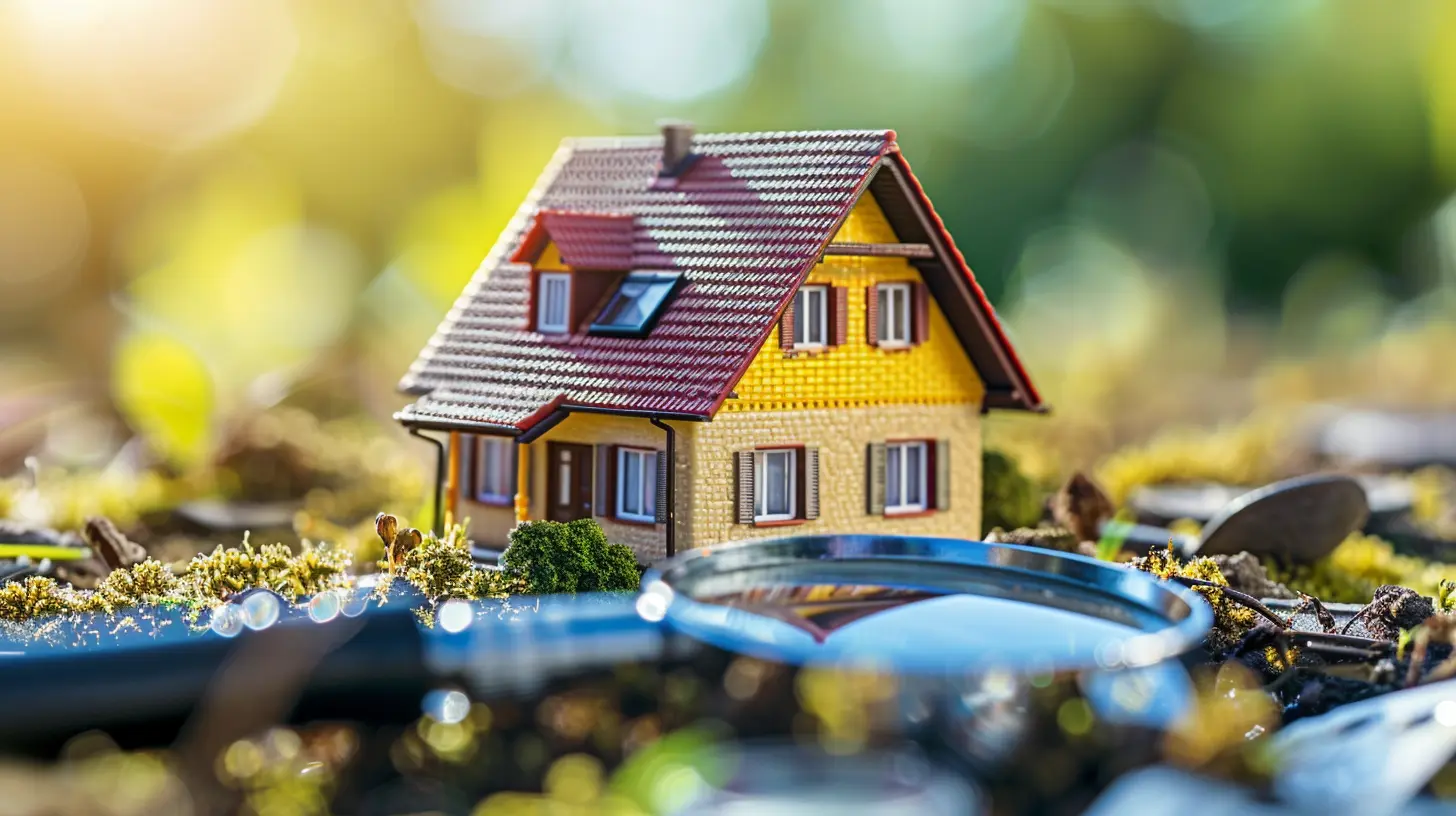
How to Spot Environmental Hazards Before It’s Too Late
Good news! You don’t need to be a Sherlock Holmes-level detective to spot environmental hazards. Here are some steps to steer you in the right direction:1. Hire a Specialist
Not all home inspectors are trained to detect environmental hazards. Look for someone certified in environmental inspections or hire specialists for specific tests like radon or asbestos.2. Ask Questions
Don’t be shy—ask the seller about the home’s history. Has it ever had water damage? Was it built before 1978? Are there records of previous inspections or tests?3. Look for the Obvious Signs
While some hazards—like radon—are sneaky, others leave clues. Musty smells, peeling paint, water stains, or cracks in the foundation are all red flags.4. Invest in Testing
DIY test kits are a budget-friendly option for checking radon or mold. However, for more comprehensive safety, hiring a pro is always recommended.What If You Find Environmental Hazards?
Discovering environmental hazards doesn’t have to be a deal-breaker. Think of it as an opportunity to negotiate or ensure remediation before closing the deal. For example:- Radon Mitigation: If radon levels are high, ask the seller to cover the cost of installing a mitigation system.
- Mold Remediation: Mold cleanup can range from a simple fix to an extensive project—get an estimate and negotiate accordingly.
- Lead Paint Removal: In some cases, encapsulation can be an acceptable alternative to removal.
- Asbestos Management: If asbestos is found, leave it alone unless it’s damaged or disturbed. In that case, replacement or removal becomes necessary.
Prevention Tips for Future Homeowners
Once you move in, keep environmental hazards at bay with a few proactive steps:- Ventilate Properly: Use exhaust fans in the kitchen and bathrooms to prevent moisture buildup.
- Test Regularly: Conduct periodic tests for radon, water quality, and mold—especially after major storms or flooding.
- Monitor Maintenance: Fix leaks immediately and inspect your home’s foundation annually for cracks.
Wrapping It All Up
Home inspections are about much more than leaky roofs or busted appliances. Taking a deeper look into environmental hazards can save you from potentially dangerous and costly surprises down the road.Your home should be a sanctuary, not a breeding ground for hidden health risks. So, don’t skip over the nitty-gritty stuff during your inspection—it might just be the smartest move you make as a homeowner.
all images in this post were generated using AI tools
Category:
Home InspectionsAuthor:

Mateo Hines
Discussion
rate this article
15 comments
Hadley McGeehan
Great insights! Remember, a thorough home inspection goes beyond just the basics. Don’t shy away from addressing environmental hazards—your dream home should be safe and sound! Happy house hunting! 🏡✨
February 1, 2025 at 1:41 PM

Mateo Hines
Thank you! Absolutely agree—investigating environmental hazards is crucial for ensuring a safe and healthy home. Happy hunting! 🏡✨
Misty Nelson
This article provides valuable insights into the often-overlooked aspects of home inspections. Understanding environmental hazards is crucial for ensuring safety and long-term well-being. I appreciate the emphasis on educating buyers about these risks—it's an essential step in making informed decisions before purchasing a home. Thank you for shedding light on this important topic!
January 26, 2025 at 4:07 AM

Mateo Hines
Thank you for your thoughtful feedback! I'm glad you found the insights valuable—understanding environmental hazards is indeed key to making informed home-buying decisions.
Lena Lozano
Great insights! It's crucial for homebuyers to consider environmental hazards during inspections. Your article sheds light on often-overlooked issues that can significantly impact safety and value. Thank you for sharing!
January 20, 2025 at 3:57 AM

Mateo Hines
Thank you for your kind words! I'm glad you found the article valuable; highlighting these issues can make a significant difference for homebuyers.
Astrid McCray
Great insights! Understanding environmental hazards is crucial for a safe, healthy home. Thank you!
January 15, 2025 at 5:48 AM

Mateo Hines
Thank you for your kind words! I'm glad you found the insights valuable.
Jennifer James
Great insights! It's essential to go beyond standard inspections and prioritize environmental hazards. Being proactive in recognizing these issues not only safeguards your investment but also ensures a healthier living space for you and your loved ones.
January 12, 2025 at 9:06 PM

Mateo Hines
Thank you! I appreciate your recognition of the importance of addressing environmental hazards in home inspections for both safety and investment protection.
Dior Burton
Elevate your home-buying journey! Beyond standard checks, embracing the vital aspect of environmental hazards not only safeguards your investment but also ensures a healthier, happier home for you and your loved ones. Choose wisely, live well!
January 12, 2025 at 5:04 AM

Mateo Hines
Thank you for highlighting the importance of considering environmental hazards in home-buying! A thorough inspection truly enhances both safety and well-being for families.
Kyle Velez
Thorough inspections can reveal hidden environmental hazards crucial for safety.
January 11, 2025 at 8:07 PM

Mateo Hines
Absolutely! Thorough inspections play a vital role in identifying hidden environmental hazards, ensuring not only safety but also long-term peace of mind for homeowners.
Darby McMaster
Great insights! Home inspections are like a treasure hunt—uncovering hidden gems (or hazards). Stay curious and thorough, and you’ll ensure a safe and happy home for years to come! 🏡✨
January 9, 2025 at 5:54 AM

Mateo Hines
Thank you! I love the treasure hunt analogy—it perfectly captures the importance of thorough home inspections in ensuring safety and peace of mind. 🏡✨
Nina McKinnon
Absolutely essential! Understanding environmental hazards during home inspections not only protects your investment but also ensures a safe and healthy living space for you and your loved ones. Knowledge is power—empower yourself with these insights and make informed decisions. Your dream home awaits, so let’s prioritize safety first!
January 8, 2025 at 8:38 PM

Mateo Hines
Thank you for your insightful comment! Prioritizing environmental awareness during home inspections is crucial for ensuring safety and protecting investments. Empowering ourselves with knowledge truly leads to better decision-making for our dream homes.
Russell Schultz
Great insights! Protect your home and family joyfully!
January 8, 2025 at 12:38 PM

Mateo Hines
Thank you! Ensuring a safe home brings peace of mind for the whole family.
Caelum Clarke
Protect your future—invest in thorough home inspections today!
January 8, 2025 at 4:44 AM

Mateo Hines
Absolutely! Comprehensive home inspections can uncover potential hazards and protect your investment long-term.
Danica McLoughlin
Empower yourself with knowledge; a safe home is a happy home!
January 7, 2025 at 8:39 PM

Mateo Hines
Thank you! Knowledge truly is key to ensuring a safe and happy home. Understanding environmental hazards can make all the difference in creating a secure living space.
Ainsley Barnes
Don’t overlook environmental hazards during home inspections; check for mold, radon, and lead to ensure a safe living environment.
January 7, 2025 at 12:42 PM

Mateo Hines
Absolutely! Addressing environmental hazards like mold, radon, and lead is crucial for ensuring a safe home. Comprehensive inspections should prioritize these elements for the health and safety of occupants.
Elowen McIntyre
Home inspections are like a first date—always dig a little deeper! Don't just check the walls; look for hidden environmental hazards. A happy home is a healthy home!
January 6, 2025 at 9:18 PM

Mateo Hines
Absolutely! Just as a first date reveals deeper qualities, thorough home inspections uncover potential environmental hazards, ensuring a truly healthy and happy home. Thanks for the insightful comment!
Nell Pace
Don’t skip the hidden dangers!
January 6, 2025 at 4:28 AM

Mateo Hines
Thank you for your comment! Absolutely, identifying hidden dangers is crucial to ensure safety in our homes.
MORE POSTS

Expert Tips on Writing a Hardship Letter for a Short Sale

Short Sales and Underwater Mortgages: How They Relate

Sustainable Building Practices Redefining Urban Landscapes

Predicting Real Estate Market Cycles with Interest Rate Trends

Avoiding Common Pitfalls for First-Time Homebuyers

Are Short Sales Worth the Hassle for Homebuyers?

How to Choose the Right Builder for Your New Home
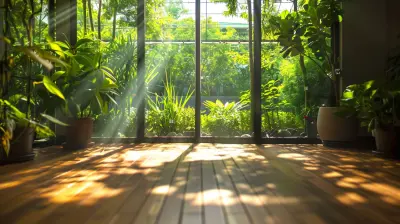
The Importance of Indoor Air Quality in Green Home Design

Tips for a Low-Stress Home Renovation: Staying Calm Through Construction

Should You Invest in Short Sales During an Economic Downturn?